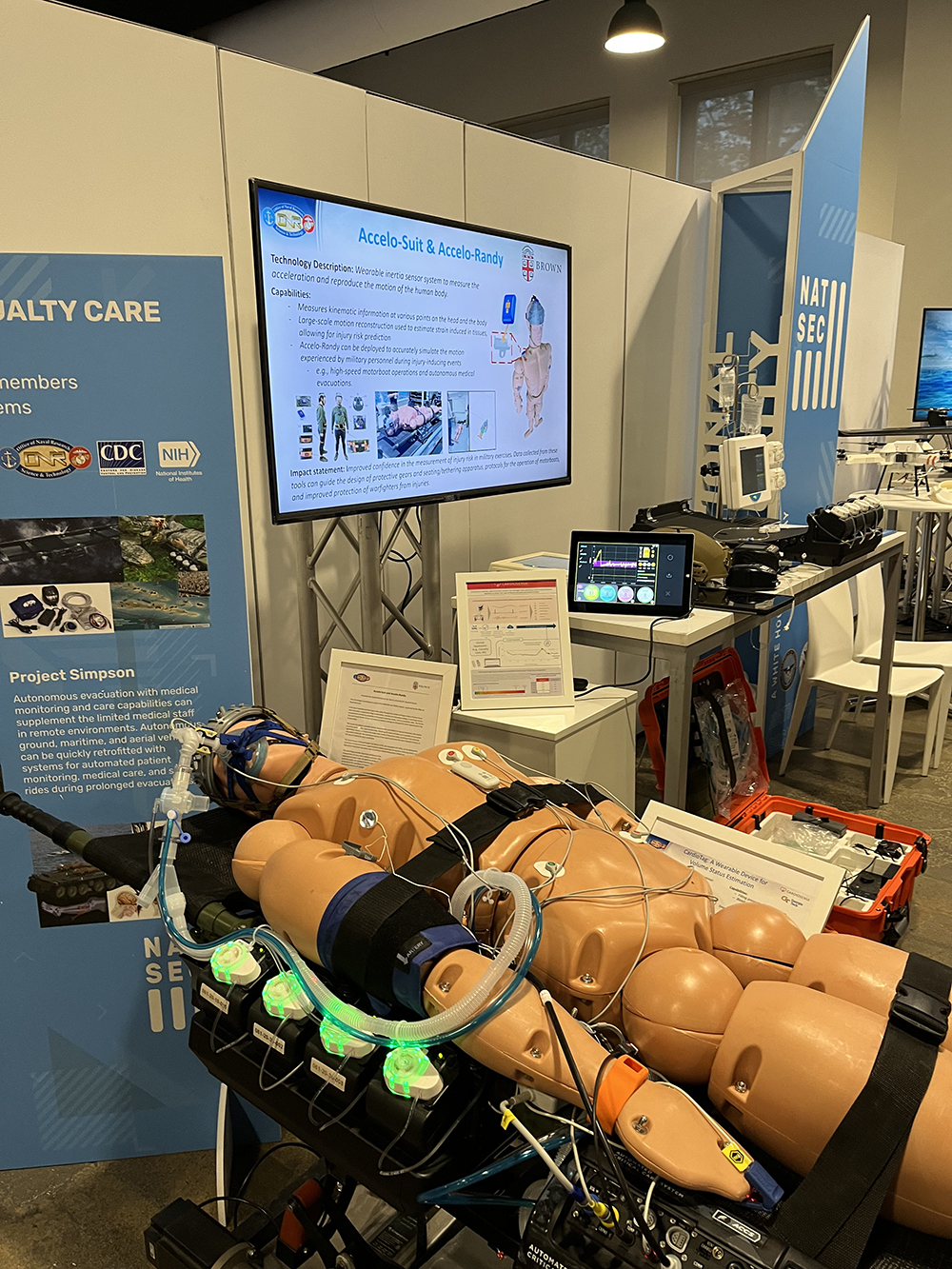Brown Associate Professor of Engineering Haneesh Kesari is the principal investigator on a $1.7 million grant from the U.S. Office of Naval Research (ONR), to further work on the “Multiscale, physics-based approach for directed energy, blast and blunt traumatic brain injury prediction and prevention.” This is a continuation of research Kesari has been involved with since 2017, as part of the interdisciplinary PANTHER (Physics-bAsed Neutralization of Threats to Human tissuEs and oRgans) research hub focused on the understanding, detection and prevention of traumatic brain injuries.
Led by the University of Wisconsin-Madison, PANTHER brings together a consortium of researchers and a host of industry and organizational partners (including Brown Engineering) to detect traumatic brain injuries. James R. Rice Associate Professor David Henann and Associate Professor of Engineering and Associate Professor of Medical Science Diane Hoffman-Kim are co-investigators on the award with Kesari. The proposed research will lead to technology for both military and civilian applications. Altogether, the ONR has awarded PANTHER new grants totaling $10 million spread out among 30 investigators, allowing researchers to advance their groundbreaking work in developing better technologies for detecting and preventing traumatic brain injuries.

Henann’s group at Brown focuses on theoretical and computational mechanics and constitutive modeling of engineering materials. His work in PANTHER focuses on modeling the high-rate mechanics of foam liner materials in helmets for blunt-impact protection. In the new grant, they will develop a material model for foam liner materials that incorporates the dependence of the material response on temperature, ranging from desert to arctic conditions. The model will be incorporated into a finite-element-based simulation platform to predict the protective capability of helmets as a function of helmet geometry, impact location and speed, and ambient temperature.
Hoffman-Kim’s role includes determining the effects of varying strains, strain rates, and number of impacts on the 3D neurospheroid model. Research in the Hoffman-Kim Lab focuses on the development and rigorous characterization of 3D neural microtissues and other novel biomimetic platforms, using biomimetic platforms to mimic in vivo conditions in an in vitro environment.